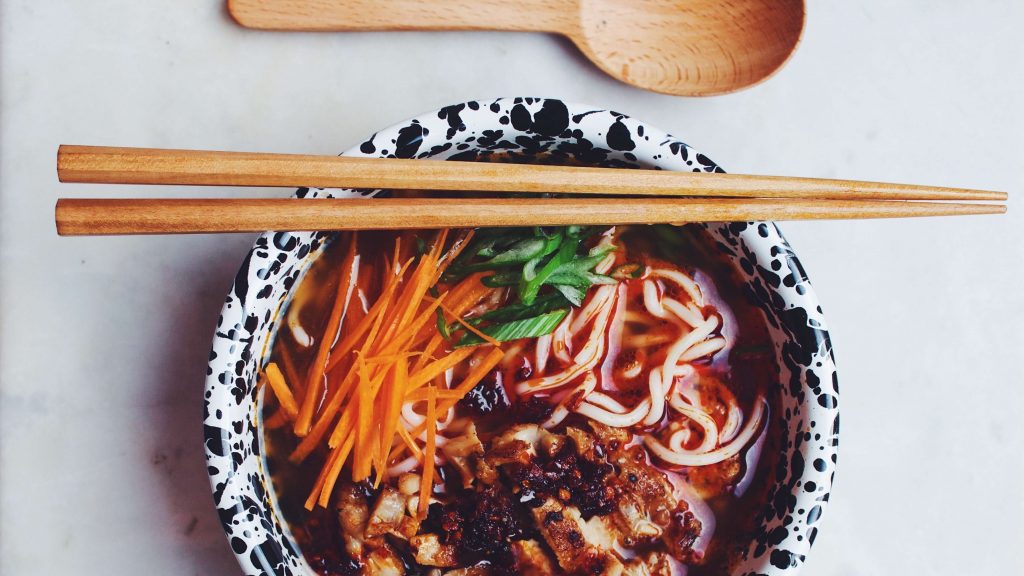Japanese umeboshi plum paste is the new (old) superfood to take your vegan cooking game up a notch. Full of antioxidants, the paste, made from fermented and briny plums, has impressive healing powers, too.
The ume plums are picked upon ripening, before they are slathered in salt, weighted, and left to ferment for two weeks. Then, red perilla leaves (members of the mint family) are added to dye the umeboshi, producing its vibrant pink coloring. The ume are then sundried for several days and returned to their fermenting liquid for another week, minimum. Finally, they are transferred to an airtight container – where they are left to age for anywhere between several months and years.
Jars of hundred-year-old umeboshi are sometimes discovered with the pickles “still edible,” according to anthropologist Naomichi Ishinge in “The History and Culture of Japanese Food.”

HEALING PROPERTIES
While the process may seem laborious, umeboshi’s supposed healing properties may make it well worth the effort.
According to Ishige, unripened ume is also a popular Chinese medicinal ingredient, in use since ancient times.
In the 1970s, umeboshi’s healing powers were still renowned. Nutritionist Otsuka Shigeru alluded to its calming properties, writing: “Even the middle-aged gentleman experienced in overseas travel somehow recovers his composure by merely remembering the umeboshi in his suitcase.”
And it’s not all old wives’ tales. Today, researchers continue to investigate umeboshi’s healing properties, and believe it may cure hangovers, inhibit cancer growth, and aid in cavity prevention; it is also a fruitful source of iron and calcium.
TASTE AND USE
Versatile in use as well as benefits, the paste is ideal for replacing anchovies, fish sauce, and Parmesan cheese.
It has a thick consistency, comparable to jam, but lacks jam’s sweetness; tangy in taste, it is used in savory dishes.
Julia Tausch, writing for Bon Appetit, recommends that users “stir it into risotto and pasta puttanesca, blend it into pesto, saute it with a mountain of broccoli, sneak it into Thai curry, and wield it as the until-now-secret weapon in… Caesar dressing.”
Arguably, umeboshi paste has the same adaptability as another vegan favorite, nutritional yeast.
Image credit: Livestrong


